There are two parts to the Energy Company Obligation Scheme in which you can qualify, HHCRO (Income-Related Benefits) & ECO Flex (Household doesn’t need to be on income-related benefits)
What is HHCRO?
The Energy Company Obligation (ECO) is a government scheme that obliges larger energy companies to deliver energy efficiency measures to domestic premises in the UK. It’s designed to help reduce carbon emissions and tackle fuel poverty. Here at Ignite Sustainable Energy, we can help you understand if you’re eligible for this scheme and guide you through the application process.
HHCRO Eligibility
Full List of Proposed Eligible Benefits Which Qualify for Funding Under ECO4:
• Income based Jobseekers allowance.
• Income related employment & support allowance
• Income support
• Pension credit guarantee credit
• Working tax credit
• Child tax credits
• Universal credit
• Housing benefit
• Pension credit savings credit
What is ECO4 Flex?
Considering that to apply for standing ECO4 funding the applicants must be in receipt of government benefits, not every vulnerable household can apply for funding.
That’s where ECO4 Flex comes in to help.
ECO4 Flex is an additional element of the government scheme that’s been introduced to bring the opportunity of ECO4 funding to thousands of low-income UK homes that would have otherwise been ineligible for the grant.
Also known as the Local Authority Flex Scheme, ECO4 Flex is a household referral scheme within the ECO4 infrastructure. This aspect of the ECO4 scheme allows Local Authorities and Councils to widen the eligibility criteria for ECO4.
By bending the eligibility criteria, each Local Authority can provide ECO funding and energy-efficient schemes tailored to their respective area and sector.
Under the ECO Flex Scheme, a Local Authority can refer private tenants that are living in fuel poverty, with a low income or are vulnerable to the negative effects living in a cold home can have on one’s health.
This gives those based in the private rental sector access to ECO4 energy efficiency grants and funding, something they would not normally be eligible for.
Aims of ECO4 Flex
The ECO4 Flex scheme has the aim of providing the 12.6 million UK homes with an Energy Performance Certificate of D or lower with the opportunity of improving the energy efficiency of their property.
In addition to helping UK residents improve their homes and lower their energy bills, expanding the eligibility criteria can help suppliers meet the obligation targets set out for them to reach by 1 April 2026.
Am I eligible for ECO4 Flex?
So now we know what ECO4 Flex is, how do you know if you’re eligible for funding?
Regardless of which route you apply through, to benefit from government ECO funding, you must be a UK resident living in a property with an Energy Performance Certificate of D or below.
Now, let’s take a look at the four routes you could gain Local Authority ECO4 Flex funding
Route 1: Household combined income
One way to gain ECO4 Flex funding is by being able to prove you have a combined gross household income of £31,000.
This figure must include every 18+ person living at the address, including elderly residents and lodgers.
This proof of income can be proven through the most recent year’s tax return, P60 or annual income pension statement. ! P45 from the last three months or an individual’s most recent three payslips can also be used.
Route 2: Proxy targeting
Proxy targeting is another way UK residents can gain ECO4 Flex funding. Through this route, households living in E, F or G EPC bands can gain funding as long as they meet at least two of the qualifying proxies.
1. Quality of the home registers 1-3 on the Lower-layer Super Output Area (LSOA) or in Welsh provision LSOA on the Welsh Index of Multiple Deprivation 20195. It could also register in the Index of Multiple Deprivation for 2020 published by the Scottish Government.
2. Householder receives Council Tax rebate
3. Householder is vulnerable to living in a cold home
4. Householder receives free school meals for low income
5. Householders are supported by a scheme run by a Local Authority due to low income or being a vulnerable household.
6. The household has been referred to Local Authority for support by Citizens Advice, Citizens Advice Scotland or their energy supplier due to their struggles with energy bills.
7. Any household identified through supplier debt data.
Route 3: NHS Referrals
Alternatively, residents suffering from a long-term and/or severe health condition could receive LA Flex funding. This route doesn’t take into account household income as this route is classed as the householder being vulnerable to a cold home.
Route 3 health conditions fall under;
• Limited Mobility
• A Respiratory Disease
• Immunosuppression or a
• Cardiovascular Condition.
This route must be backed up with a NHS referral letter that has been signed by an individual from the NHS Trust, NHS Trust Board, or the General Practitioner Register.
Route 4: Bespoke Targeting
The last way residents can gain ECO4 Flex funding is by submitting a proposal via an application form to the Department for Energy Security and Net Zero (formerly BEIS).
This route helps discover ways for those who cannot apply via the other three routes but are still struggling with an energy-inefficient home.
Each proposal will be reviewed and assessed accordingly via a BEIS panel who will decide if the property is eligible.
